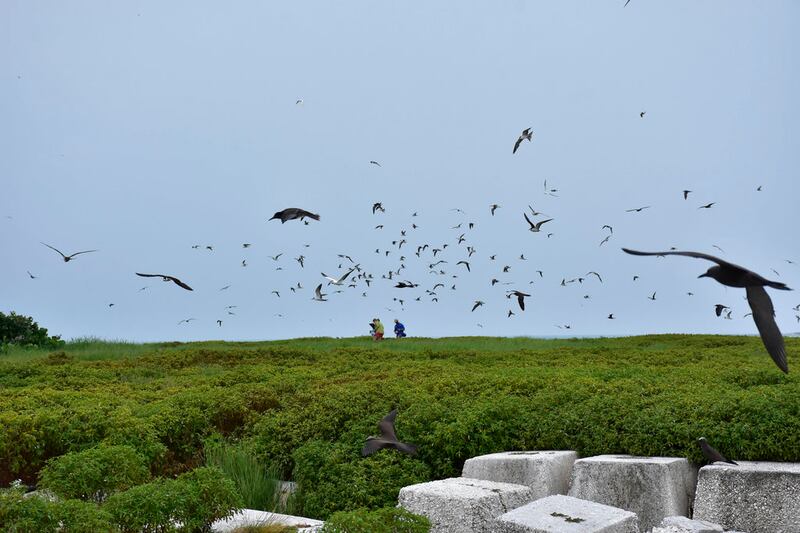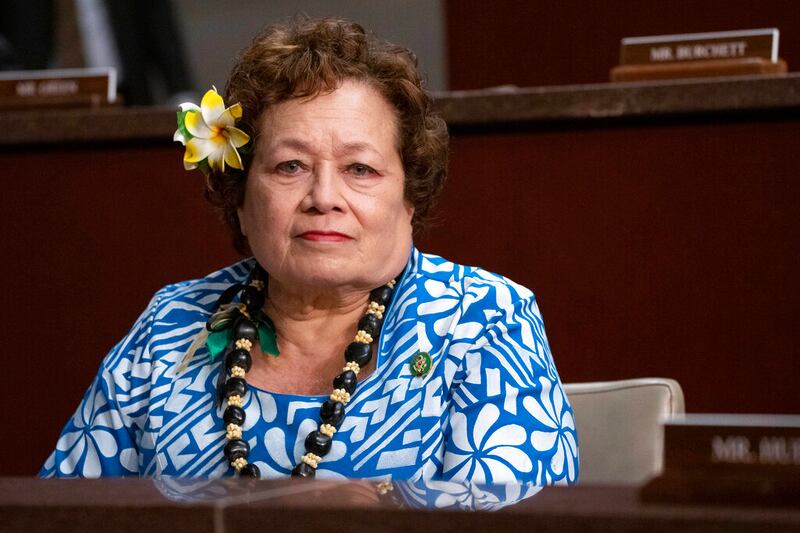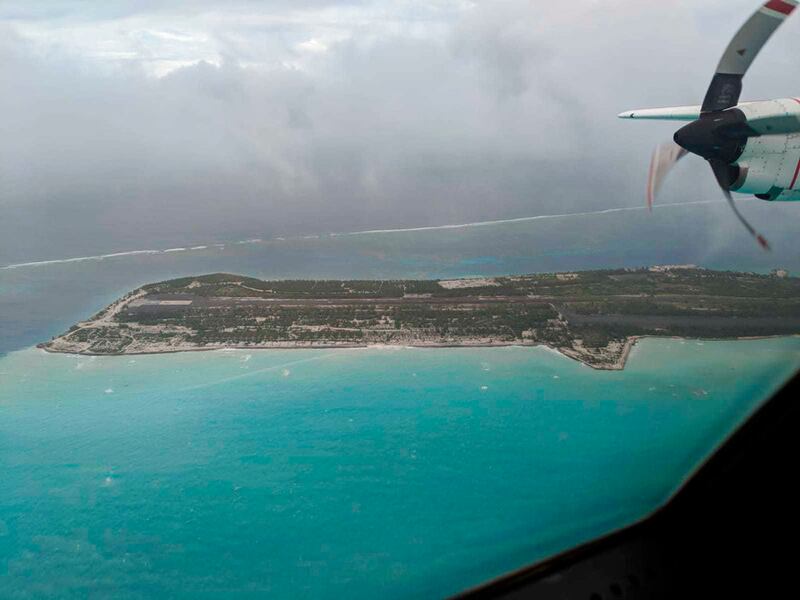President Joe Biden’s plan to expand marine sanctuaries around the United States’ remote Pacific islands has been greeted with dismay in American Samoa, where officials fear a heavy blow to the U.S. territory’s economically crucial tuna industry.
American Samoa Gov. Lemanu Mauga, in a recent letter to Biden, criticized zero consultation with the territory about the sanctuary expansion and said it was contrary to Biden’s own executive orders aiming to improve the lives of marginalized Americans.
The lack of consultation also could reflect badly on the U.S. government at a time when it is trying to show a renewed commitment to Pacific island countries in response to China’s burgeoning economic and diplomatic presence in the region.
“American Samoa is repeatedly left out of the conversation of what is best for our communities,” Mauga said in the letter. “We are disappointed that actions that could cripple the economy of a U.S. territory would be taken without the consultation of its people.”
The total area of the expanded sanctuary would be 2 million square kilometers (770,000 square miles), larger than the Gulf of Mexico, compared with about 1.3 million square kilometers (495,000 square miles) now.
It encompasses waters around several islands, atolls and reefs that the National Oceanic and Atmospheric Administration says are “home to some of the most diverse and remarkable tropical marine life on the planet.”
The islands and atolls are uninhabited save for visiting researchers and U.S. Fish & Wildlife Service staff. The tropical waters are ideal for skipjack tuna which travel the equator in search of schools of small fish to feed on.
The oceanic administration is accepting public submissions on the sanctuary expansion until June 23 after Biden last month set the designation process in motion.
“The region's diverse habitats and pristine reefs provide a haven for a variety of fish, invertebrates, seabirds, sea turtles, and marine mammals – many found nowhere else in the world – and are an ideal laboratory for monitoring the effects of climate change,” it said this month.

Two-hundred nautical mile zones (370 kilometers) around Wake Atoll, Johnston Atoll and Jarvis Island are already part of the sanctuary. The proposed expansion would increase the extent of the sanctuaries around Howland and Baker Islands and Kingman Reef and Palmyra Atoll.
Tuna fishing provides about 5,000 jobs in American Samoa – where a South Korean-owned StarKist tuna cannery is the territory’s largest business – but has been in decline. The American Samoan islands, located to the south of the marine sanctuary, are home to less than 50,000 people after suffering a shrinking population for at least the past decade.
Handing China ‘a win in the Pacific’
Biden’s push to expand the sanctuary could give Beijing a victory in the Pacific, American Samoan congresswoman Aumua Amata Coleman Radewagen told a Congressional hearing last month on U.S. strategy in the Indian and Pacific oceans.
“I think he [Biden] took some bad advice on this ocean conservation proposal that may hand PRC a win in the Pacific,” the Republican congresswoman said, using the acronym for China’s official name, the People’s Republic of China.
“The president treated our territory less favorably than PRC treats Pacific islands that are aligned with Beijing or that are at risk of surrendering to PRC domination,” she said.
America’s allies in the North Pacific such as Federated States of Micronesia “must wonder if the U.S. is prepared to out-compete PRC,” Amata said.

The U.S.-flagged tuna purse seine fleet, which supplies the American Samoa tuna cannery, has dwindled to 15 vessels from 38 in 2018, according to the Western Pacific Regional Fishery Management Council, which oversees the fisheries of American Samoa, Hawaii, Guam, Northern Mariana Islands and the uninhabited Pacific islands.
The council has opposed enlargement of the sanctuary. In a special issue of its newsletter in August last year, it said the sanctuary expansion would in practice restrict only U.S.-flagged vessels from fishing.
Closing the waters of Howland and Baker Islands and Palmyra Atoll and Kingman Reef would force U.S. vessels to fish farther away from American Samoa and deliver their catch to ports in places such as Ecuador, it said.

Globally, the deep sea fishing industry has become notorious for exploitative and dangerous working conditions. In 2015, Associated Press reporters exposed slavery in the Southeast Asian fishing industry, which led to the rescue of hundreds of men from a remote Indonesian island.
The fishery management council said allowing the regulated U.S. fishing industry to be replaced by foreign fishing vessels could “exacerbate existing conservation issues for protected species and even socioeconomic issues such as food security and human rights.”
U.S. vessels are a small component of the Pacific purse seiner and longliner fishing fleets. Most are flagged to Pacific island countries and nations such as China, Taiwan and Japan.
The marine sanctuary’s planned enlargement is part of U.S. efforts to protect 30% of its lands and waters by 2030.
The sanctuary, said the National Oceanic and Atmospheric Administration, would also recognize the importance of Pacific indigenous knowledge and languages and the “cultural connections between lands, waters, and peoples.”
Mauga, the American Samoa governor, said the burden of the conservation effort is falling disproportionately on the Pacific and American Samoa.
“If the attempt in this designation was to better protect Pacific communities, I ask that you please consult with us before closing access to our waters,” he said in his March 30 letter to Biden.
“Without access to these traditional fishing grounds, our tuna industry and entire economy will be annihilated,” Mauga said.
